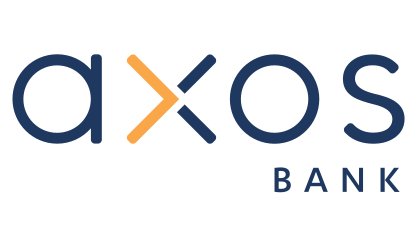Here's What Really Happens When You Withdraw $10,000 From Your Bank Account
Withdrawing money from your bank account is usually a straightforward process -- until you hit $10,000. At that point, things change. No matter the reason, withdrawing $10,000 or more triggers extra scrutiny from your bank and the government.
Here's what actually happens.
1. Your bank has to report the withdrawal
The Nixon administration decided to start tackling financial fraud at the banking level. The government needed cooperation from the banks to catch money launderers, drug dealers, and other bad actors. Thus, the Bank Secrecy Act (BSA) was born.
Under the BSA, banks are required to report any cash transaction of $10,000 or more to the Financial Crimes Enforcement Network (FinCEN). This includes withdrawals, deposits, or even multiple smaller transactions that total $10,000 within a short period (when done to avoid triggering the $10,000 limit in one transaction, this is known as structuring, and it's illegal).
The $10,000 threshold might not seem like much, but back in 1970, it was worth about $80,000 in 2025 dollars.
If you've got $10,000 in the bank, don't miss out the chance to earn a top APY on your funds. Check out our list of the top high-yield savings accounts today to maximize your savings.
2. You might have to answer some questions
If you request $10,000-plus in cash, your bank may ask why you need the money. This isn't meant to invade your privacy, but rather to ensure the transaction isn't linked to suspicious activity.
Possible questions could include:
- What do you plan to do with the cash?
- Is this for a large purchase, business expense, or travel?
- Would you like a cashier's check instead?
While you don't have to give an exact answer, being vague (or refusing to answer) could raise red flags and delay your withdrawal.
3. Your bank might not have the cash on hand
Most banks don't keep large amounts of cash readily available at each branch. If you want to withdraw $10,000, you may need to schedule the withdrawal in advance -- sometimes a few days ahead -- so the bank can prepare the funds.
If you need the money immediately, you may have to accept a cashier's check or wire transfer instead.
4. You'll need to think about security
Walking around with $10,000 in cash isn't just inconvenient -- it's risky. If your money is lost or stolen, there's no way to recover it. Don't withdraw that much money from the bank unless you immediately need it. Otherwise, it's much better to let that money earn interest for you in a high-yield savings account.
If your transaction can be handled electronically (such as a wire transfer, cashier's check, or Zelle payment), those options are often safer.
5. It could get the IRS's attention (but it's not illegal)
Withdrawing $10,000 is completely legal, but large cash transactions can attract IRS attention -- especially if they seem unusual or frequent.
If your withdrawal is linked to legitimate activities, you have nothing to worry about. However, if you frequently deposit or withdraw large sums of cash without a clear reason, the IRS may take a closer look at your financial activity.
It's almost always a non-issue
Withdrawing $10,000 or more from your bank account isn't as simple as grabbing cash from an ATM. It triggers government reporting requirements, might require advance notice, and could lead to questions from your bank.
But that doesn't mean there is anything to worry about. Banks and the government know people make legal $10,000 transactions all the time. As long as you're doing nothing illegal, you're in the clear.
Our Research Expert




